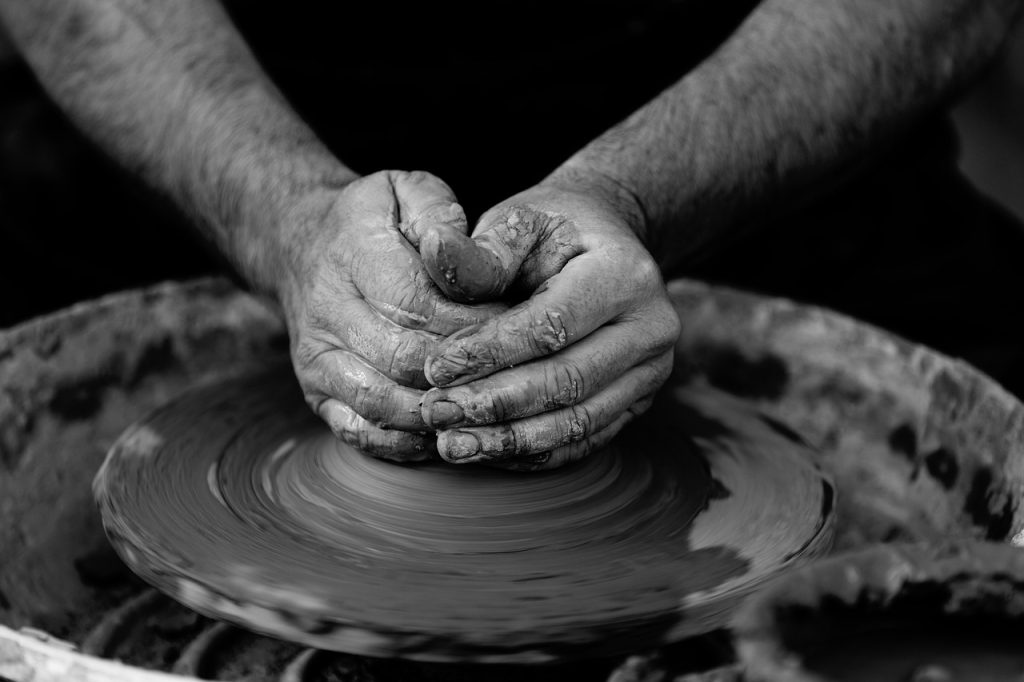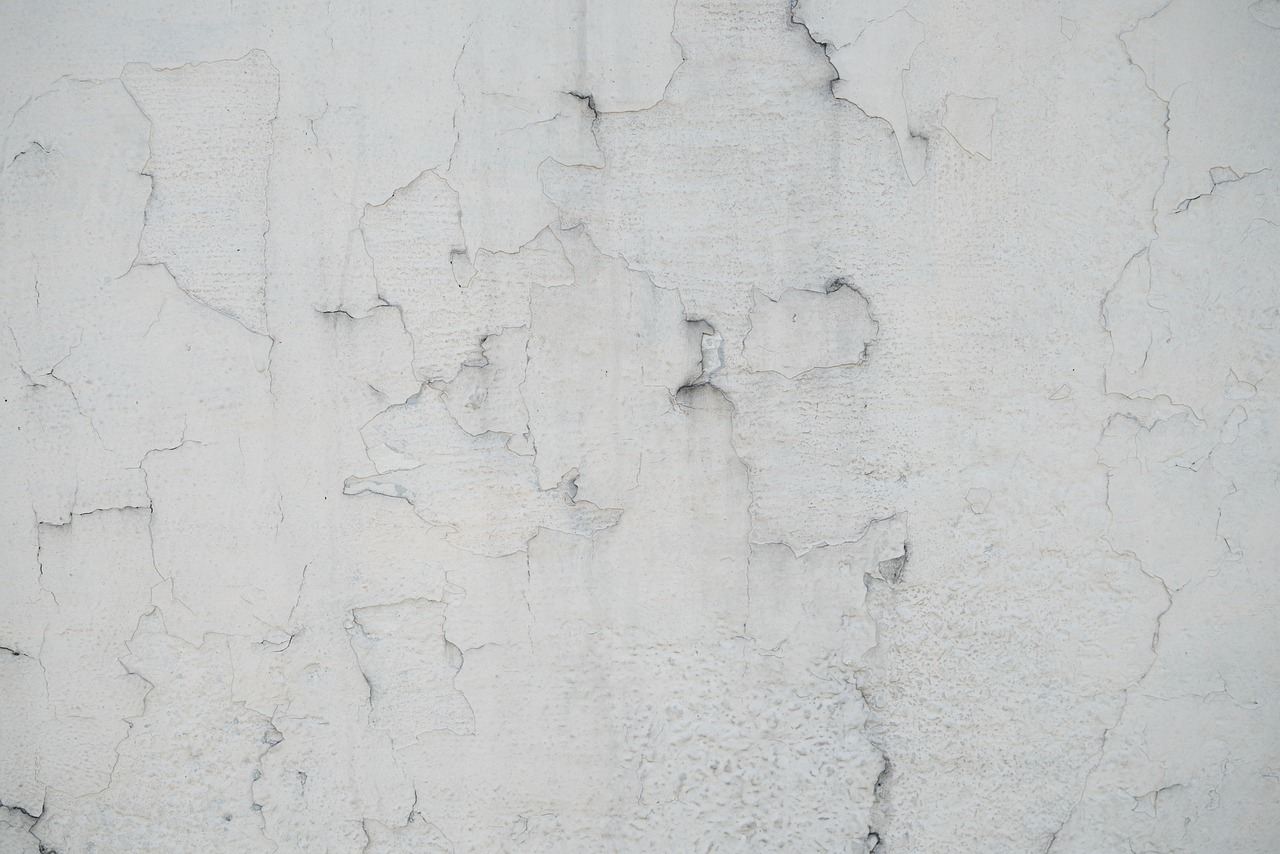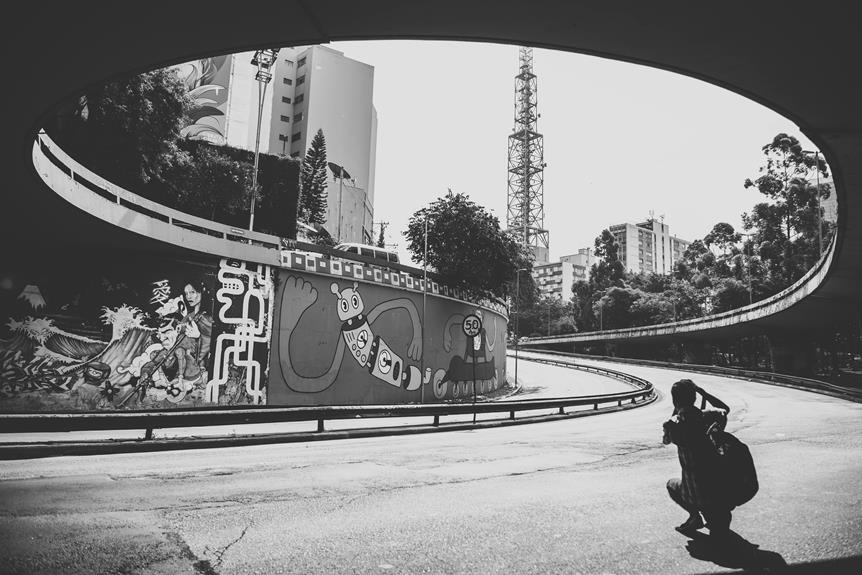Mexican Folk Art

Mexican folk art, tracing back to 1,500 BC, embodies a fusion of indigenous and European influences. You’ll see vibrant themes in animals, plants, skulls, and skeletons across diverse mediums like wood and ceramics.
Each region, from Michoacán’s lacquer art to Oaxaca’s wood carvings, showcases unique local traditions. Influential figures like Frida Kahlo and Diego Rivera have left a lasting impact, while popular art forms such as Talavera pottery and alebrijes highlight the cultural richness.
The post-Mexican Revolution period sparked a renaissance, blending ancient legacies with new techniques. There’s a deeper story in each piece that’s worth exploring further.
Key Points
- Mexican folk art blends indigenous and European influences, reflecting a rich cultural heritage.
- Vibrant themes include animals, plants, skulls, and skeletons across diverse mediums like wood, textiles, and ceramics.
- Regional variations include Michoacán and Guerrero’s lacquer art and Oaxaca’s intricate gourds and wood carvings.
- Influential figures like Frida Kahlo and Diego Rivera significantly shaped Mexican folk art’s aesthetics and cultural importance.
- Popular art forms include alebrijes, Huichol beadwork, Talavera pottery, and Day of the Dead decorations.
History and Origins
Mexican folk art’s rich history and origins can be traced back to 1,500 BC, encompassing the creative legacies of civilizations like the Olmec, Maya, and Aztec. These ancient cultures crafted items for daily use and ceremonial purposes, establishing a foundation that would evolve over millennia.
When the Spanish colonized Mexico in 1521, they introduced new technologies, including the potter’s wheel and mineral glazes, greatly altering traditional practices. The post-Mexican Revolution period (1910-1920) marked a renaissance, where indigenous arts and crafts saw renewed appreciation and revitalization.
This period catalyzed a blend of indigenous and European influences, fostering a diverse artistic heritage that persists today. Understanding this historical context enhances your appreciation of Mexican folk art’s intricate evolution.
Key Characteristics
How do the vibrant themes and diverse mediums of artesanía reflect the cultural richness and historical intricacies of Mexican folk art?
You’ll see how animals, plants, skulls, and skeletons, rendered in bright colors and domestic scenes, embody indigenous influences.
Each piece, whether fashioned from wood, woven textiles, ceramics, or lacquer, highlights regional craftsmanship. These mediums aren’t just materials; they’re vessels of history and culture.
Skulls, often imbued with social symbolism, showcase European techniques interwoven with indigenous artistry. Even food presentation, like sculpted bread of the dead and sugar skulls, transforms everyday moments into cultural expressions.
This fusion of themes and materials reveals a deep connection to Mexico’s past, making each piece a narrative of its own.
Regional Variations
Each region in Mexico showcases its unique artistic flair, deeply rooted in local traditions and influenced by the surrounding landscape.
In Michoacán and Guerrero, you’ll find exquisite lacquer art, while Oaxaca is famed for its intricate gourds and wood carvings.
The Tarascan Indians of Michoacán produce remarkable copperware, demonstrating their metallurgical prowess.
Leathergoods are León’s specialty, earning it the title of Mexico’s leather capital.
These regional specializations highlight the diverse geography and cultural heritage that shape Mexican folk art.
The distinct artistic styles and techniques employed across regions reflect not only the available materials but also centuries-old traditions, offering a rich tapestry of creativity and cultural expression.
Each piece tells a story of its origin, enriching the broader Mexican art narrative.
Influential Figures
Influential figures like Frida Kahlo and Diego Rivera haven’t only shaped the aesthetics of Mexican folk art but also embedded it with profound cultural and political significance. Kahlo’s use of indigenous emblems and Mexican heritage in her artwork has left a lasting impact.
Rivera, one of the Big Three muralists, brought global attention to Mexican folk art through his murals.
Other key figures include:
- Manuel Jiménez, creator of alebrijes, fantastical animal sculptures.
- David Alfaro Siqueiros, another of the Big Three muralists, known for his dynamic compositions.
- José Clemente Orozco, who depicted social themes and struggles in his murals.
- Rufino Tamayo, who blended modernist styles with folk themes.
- María Izquierdo, who highlighted Mexican traditions and women’s roles.
Popular Art Forms
Mexican folk art’s diverse array of popular forms, from the vibrant alebrijes to the intricate Huichol beadwork, showcases a rich tapestry of cultural traditions and artistic ingenuity.
You’ll find that each form represents a fusion of indigenous and European influences, resulting in vibrant colors, intricate patterns, and symbolic motifs.
Talavera pottery, known for its detailed designs, and papel picado, the delicate cut paper banners, are both quintessential examples.
Retablos, devotional paintings, reflect deep religious traditions, while Day of the Dead decorations embody cultural reverence for ancestors.
Amate bark paintings and Oaxacan wood carvings further highlight regional craftsmanship, and Mexican embroidery continues to be highly esteemed for its detailed needlework, preserving ancestral techniques through generations.
Frequently Asked Questions
What Is Mexican Folk Art Called?
You’ll find that Mexican folk art is called ‘artesanía.’ It’s a broad category that includes handmade crafts and artistic expressions, reflecting traditional techniques, vibrant colors, and intricate designs, all without formal training.
What Is the Mexican Folk Art Style?
You’re looking at a style characterized by vibrant colors, intricate patterns, and handmade craftsmanship. It draws from indigenous traditions and Spanish influences, using mediums like wood, ceramics, and weaving to convey cultural and historical themes.
Who Are the Famous Mexican Folk Artist?
When considering famous folk artists, you’ll find Frida Kahlo and her iconic self-portraits, Manuel Jiménez’s whimsical alebrijes, and Josefina Aguilar’s intricate clay figures stand out, each notably contributing to the richness and diversity of their artistic heritage.
What Is Alebrijes Art?
Alebrijes art involves creating vividly colored sculptures of fantastical creatures, originating from artisan Pedro Linares in the 1930s. They’re carved from copal wood, decorated with intricate patterns, and blend real and mythical animals, showcasing imaginative craftsmanship.
Conclusion
In examining Mexican folk art, you’ve seen its rich history and unique origins.
You’ve noted its vibrant key characteristics and diverse regional variations.
Influential figures have shaped its evolution, contributing to its enduring legacy.
Popular art forms like pottery, textiles, and murals reveal a culture deeply embedded in creativity and tradition.
By understanding these elements, you gain insight into the socio-cultural fabric of Mexico, appreciating how folk art reflects and preserves its heritage.
Author: Cordelia Perez

